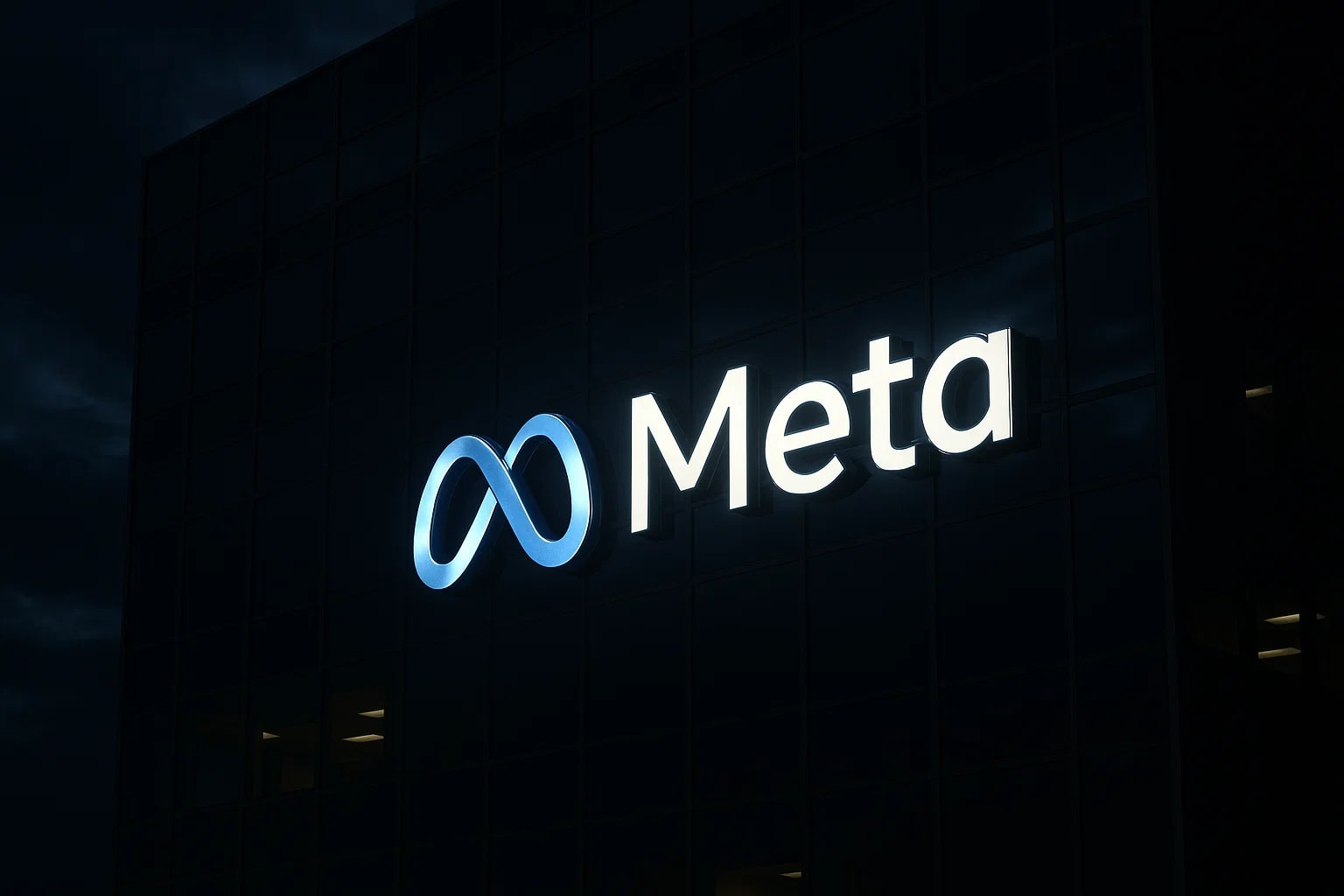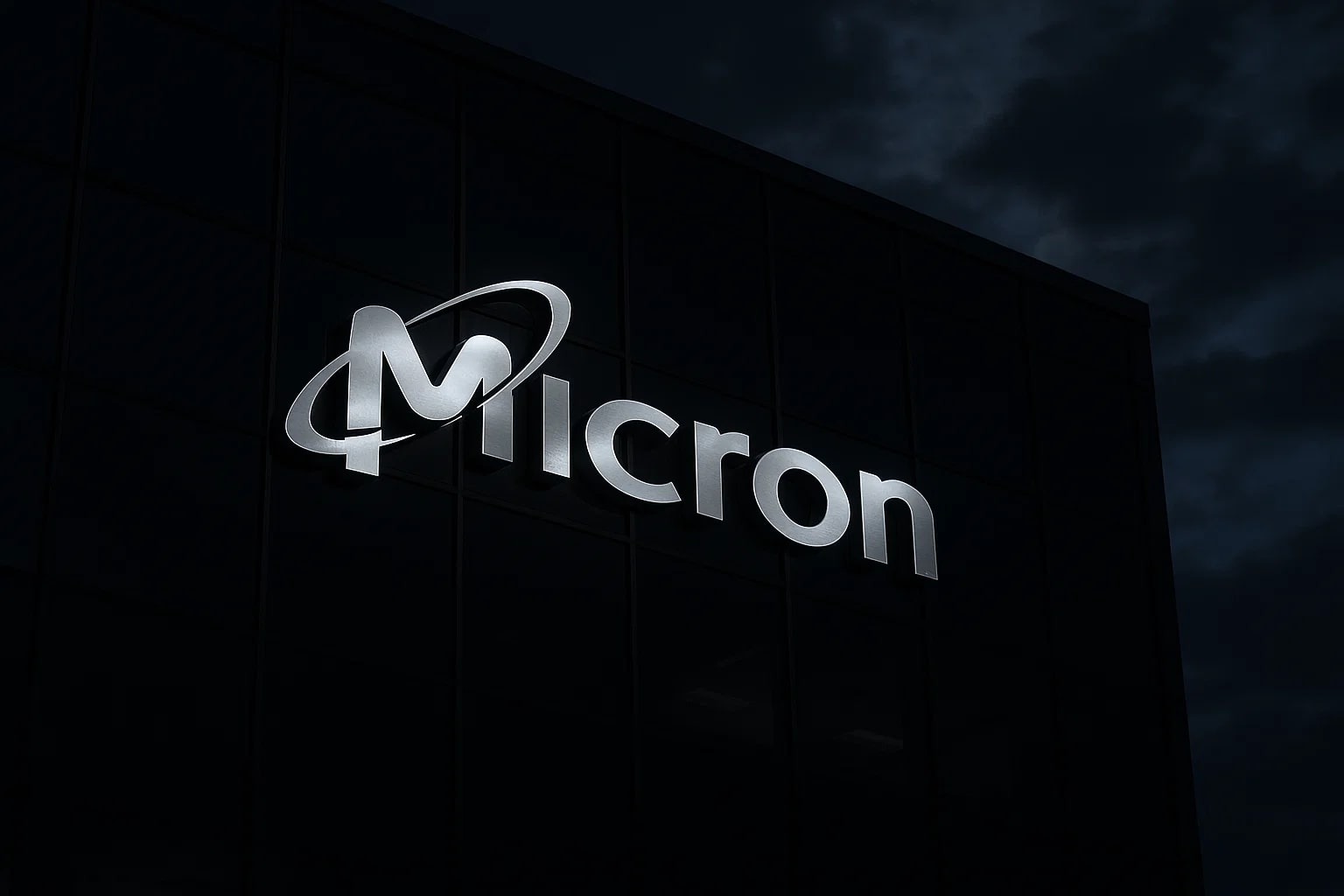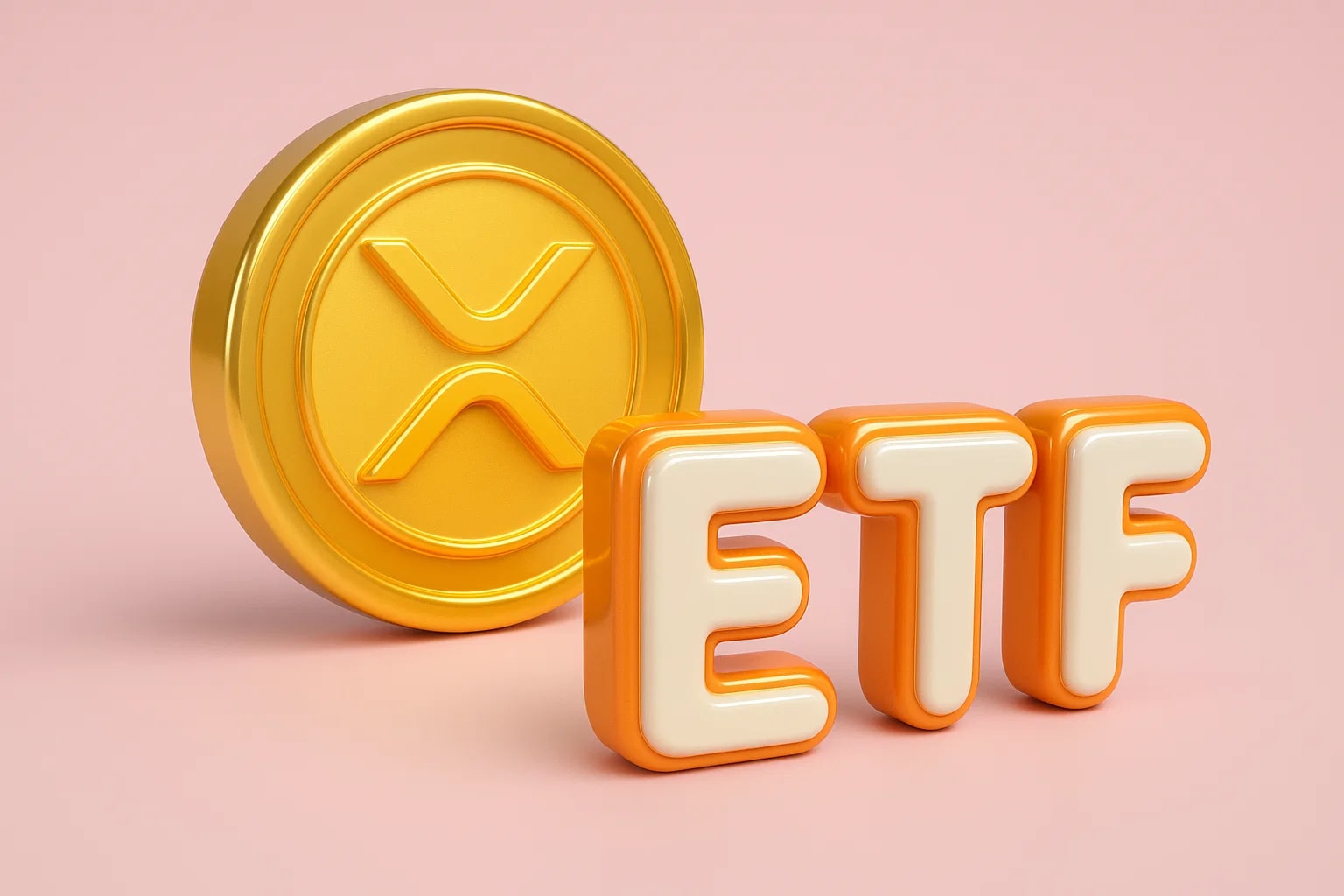
Meta Stock Price Forecast - META Eyes $900 Valuation as $600B AI Data Center Push Redefines Growth
With Q3 revenue up 26% to $51.24B and $70–72B in 2026 CapEx, Meta’s AI spending spree aims for superintelligence while analysts lift targets toward $900+ | That's TradingNEWS
NASDAQ:META: $600B AI Expansion Marks the Deepest Transformation Since the Facebook Era
Meta Platforms Inc. (NASDAQ:META) has entered 2026 as the most aggressive spender in global AI infrastructure, a pivot that redefines its long-term valuation framework and reignites comparisons to the early cloud buildout phase once led by Amazon and Microsoft. Shares closed at $621.71, up 0.45%, with after-hours trading extending gains to $625.26, as markets began digesting the magnitude of its $600 billion AI data center investment program unveiled alongside a revised CapEx trajectory for 2026. The program, which will expand Meta’s U.S. data center footprint and create over 30,000 trade jobs and 5,000 operational roles, underscores Mark Zuckerberg’s ambition to establish AI superintelligence infrastructure fully integrated across Meta’s Family of Apps and beyond.
Revenue Surge and Tax Distortion Hide Core Profit Growth
Q3 2025 numbers reveal a paradox between explosive operational performance and one-time accounting drag. Revenue surged 26% year-over-year to $51.24 billion, surpassing expectations by $1.83 billion. However, a $15.93 billion tax charge compressed GAAP EPS to $1.05, down 83% YoY. Stripping out this anomaly, adjusted EPS would have been $7.25, a 20% YoY gain—demonstrating resilient monetization from ad targeting and AI-driven optimization. Operating margins slipped 300 basis points to 40%, reflecting higher infrastructure outlays and a front-loaded expense cycle tied to LLaMA and Meta’s superintelligence architecture. Free cash flow, at $10.6 billion, was strong but down from prior quarters as CapEx absorbed a record $50 billion year-to-date, with 2026 now projected to see “notably larger” capital commitments, ranging between $70–72 billion.
AI as a Revenue Multiplier, Not Yet a Product
Unlike Microsoft’s Azure or Amazon’s Bedrock, Meta lacks a direct AI-as-a-service revenue line. Its LLaMA open-source model and AI clusters primarily fuel internal optimization—refining ad placement, ranking systems, and engagement algorithms across Facebook, Instagram, and WhatsApp. This approach prioritizes ecosystem entrenchment over monetization. Daily active users across Meta’s Family of Apps climbed to 3.54 billion, up 12% year-on-year, while average revenue per user (ARPU) reached its second-highest YoY growth rate in the last eleven quarters. These gains prove Meta’s AI systems are already yielding tangible ad revenue results, even as direct AI monetization remains an untapped lever.
$600B AI Bet: CapEx Escalation, Data Center Financing, and Domestic Expansion
Meta’s unprecedented $600 billion U.S. AI investment program will run through 2028, financed through a blend of retained earnings and strategic debt structures, including a $27 billion Blue Owl Capital funding deal to back its Louisiana mega data center—its largest globally. A $1.5 billion Texas data center has also been greenlit as Meta’s 29th facility, while construction continues in Alabama, Oregon, and Iowa. The scale mirrors national infrastructure projects, transforming Meta into the largest private investor in U.S. AI compute capacity. This initiative aims to accelerate LLaMA training efficiency, model fine-tuning, and inference scalability to support both personal AI tools and next-generation ad systems.
Investor Sentiment: From Metaverse Hangover to AI Conviction
The post-earnings selloff that erased 12% of Meta’s market cap reflected investor psychology more than fundamentals. Market reactions conflated 2025’s R&D surge with the company’s earlier Metaverse-era overspending. However, the capital allocation story is fundamentally different this time: Meta’s AI infrastructure investments already contribute measurable ROI in ad efficiency, while Reality Labs’ bleeding losses—$4.4 billion in Q3—are now dwarfed by $25 billion in operating income from advertising. Reality Labs remains less than 1% of sales, but integrated products like the Ray-Ban Meta smart glasses, which sold out within 48 hours, indicate a maturing hardware layer anchored by AI-assisted experiences.
Financial Structure and Cash Efficiency Under Pressure
Meta’s balance sheet remains robust but stretched by heavy CapEx. Total assets stand at $303.8 billion, up 18.5% YoY, while cash and equivalents declined to $44.45 billion, down 37% as investments ramped. Liabilities rose to $109.8 billion, preserving a conservative debt ratio, while equity climbed to $194 billion. EBITDA for Q3 reached $25.5 billion, up 19.3%, sustaining a top-tier 49–60% operating margin band across the Family of Apps segment. Yet free cash flow compression is real—FCF-to-EBITDA conversion fell to 6.9%, with AI infrastructure spend consuming up to 80% of operating cash flow. The tradeoff between scale and liquidity will dominate 2026 narrative risk, though Meta’s minimal dividend yield (0.34%) and P/E of 27.5 keep investor focus squarely on growth metrics.
AI Metrics: LLaMA Dominance, Threads Retention, and Ad Engine Reinvention
Threads reached 150 million daily active users, marking its fastest adoption curve since launch. Meta’s “Vibes” AI companion platform continues to expand engagement retention, while AI-boosted ad ranking has driven one of the highest ARPU growth streaks in recent history. The company reports that AI-driven ad conversions now account for over 85% of all served impressions across its network—a structural advantage translating directly to pricing power. Unlike the Metaverse phase, these AI initiatives enhance core monetization loops rather than diverting capital into speculative ecosystems.
Read More
-
QQQM ETF Climbs on $5T Nvidia Surge and $4T Microsoft, Apple Milestones as AI Momentum Lifts Nasdaq
08.11.2025 · TradingNEWS ArchiveStocks
-
XRP ETFs XRPR and XRPI Rally as SEC 20-Day Countdown Begins for 21Shares and Franklin Templeton Approval
08.11.2025 · TradingNEWS ArchiveCrypto
-
Natural Gas Price (NG=F) Retreats to $4.27 as Mild Weather and Record Output Cap Rally
08.11.2025 · TradingNEWS ArchiveCommodities
-
USD/JPY Price Forecast - Yen Reclaims 153.00 as Dollar Strengthens on Yield Stability and Japan Eyes ¥158–¥160 Line
08.11.2025 · TradingNEWS ArchiveForex
Valuation Models Point to a $893–$904 Price Band
Quantitative forecasts back Meta’s revaluation story. Using a blended MS-ARIMA and EV/EBITDA projection, 2026 EPS is modeled at $37.04 (weighted across scenarios), with EBITDA growth of 18% CAGR through FY2028. Applying a forward multiple of 24.1x implies a $893 price target, while median EV/EBITDA at $904.52 indicates roughly 42% upside from current trading. The SOTP (sum-of-the-parts) model assigns 97.8% of valuation to advertising, <1% to Reality Labs, and the rest to infrastructure assets with optionality around LLaMA commercialization.
Regulatory and Legal Headwinds Persist
European Union scrutiny under the Digital Markets Act remains a drag, while U.S. youth protection lawsuits scheduled for 2026 could generate material losses. New laws in Australia, France, and Norway restricting minors’ access to social media platforms risk cutting off a portion of long-term user funnel growth. These factors increase compliance costs and weigh on margin expansion, but they do not threaten Meta’s dominant ad model in the short run. The U.S. government’s willingness to fast-track data center permitting—given Meta’s role in domestic job creation—also acts as a counterbalance to regulatory risk abroad.
Insider Dynamics and Ownership Trends
Insider transaction data from Meta’s stock profile reveals controlled executive activity. Mark Zuckerberg has not executed significant disposals since Q1 2025, suggesting confidence in long-term upside. Institutional ownership remains concentrated, with Vanguard, BlackRock, and State Street holding a combined 26.8% stake, reflecting conviction in the AI infrastructure thesis. Hedge fund exposure increased marginally last quarter, coinciding with the company’s CapEx guidance hike—an indicator that the smart money views AI spending as transformative rather than dilutive.
Technical Outlook: Support at $601, Resistance at $657
Technically, $601.20 marks near-term support, with a breakout trigger above $657.80 potentially catalyzing a rally toward $720. The 52-week range of $479.80–$796.25 provides substantial headroom for re-rating once macro tightening fades. RSI sits neutral near 48, while Bollinger compression below 2.5% volatility suggests an imminent expansion move aligned with the Q4 earnings cycle. Options data shows rising call open interest at the $700 strike for January 2026, reinforcing bullish sentiment despite short-term exhaustion.
Strategic Narrative: From Metaverse Overreach to AI Industrialization
Meta’s transformation from a social media conglomerate into an AI infrastructure powerhouse marks its most radical shift since the Facebook IPO. The $600 billion AI program, if executed efficiently, positions Meta as a peer to Microsoft Azure, Amazon Web Services, and Google Cloud—not through cloud reselling but through vertical integration of compute, data, and user-scale feedback loops. With revenue guidance of $56–59 billion for Q4 and capex acceleration into 2026, Meta’s long-term story is no longer speculative—it’s infrastructural.
Verdict
Buy. At $621.71, Meta trades at roughly 27.5x earnings, well below its growth-adjusted fair value implied by forward models. The company’s $600 billion AI infrastructure plan redefines its capital intensity but also cements its leadership in applied artificial intelligence. Regulatory and expense risks remain, yet the margin engine, user growth, and LLaMA ecosystem collectively underpin a long-term fair value in the $893–$904 range. The market is still pricing Meta as a one-trick ad company; in reality, it’s morphing into the backbone of the next AI industrial revolution.


















